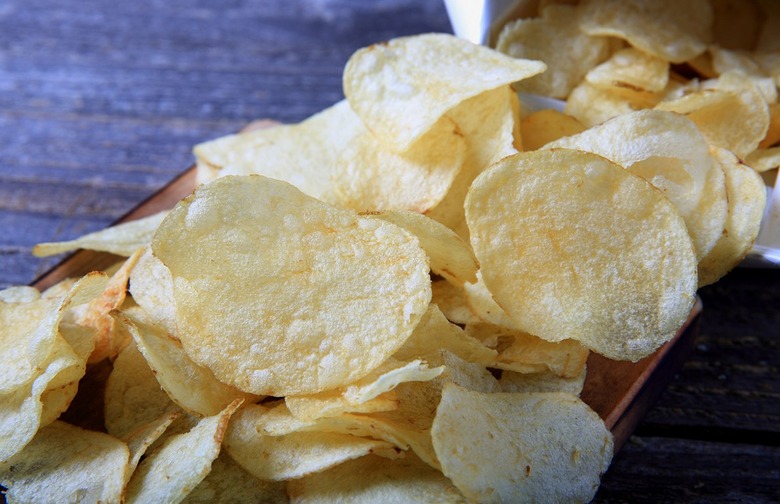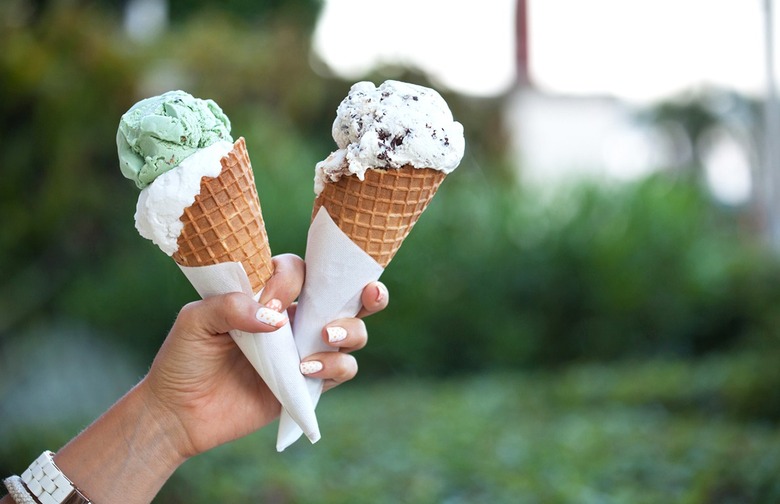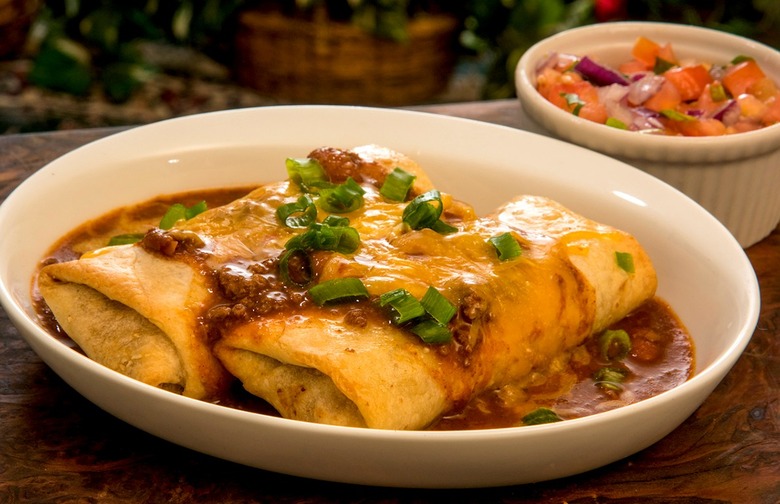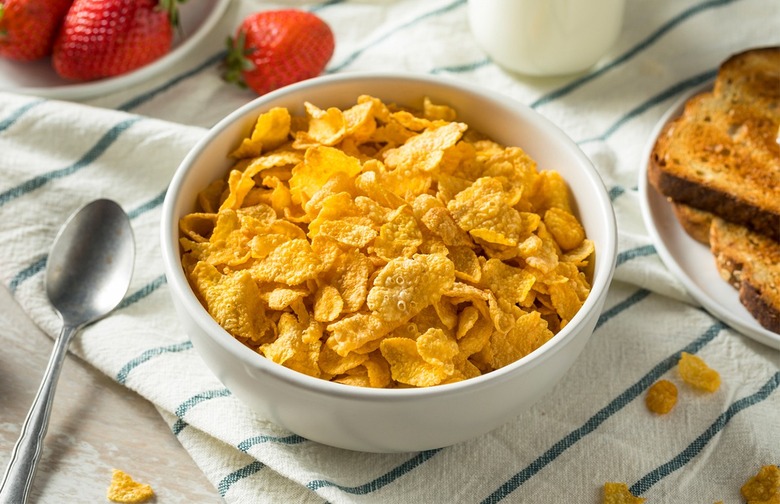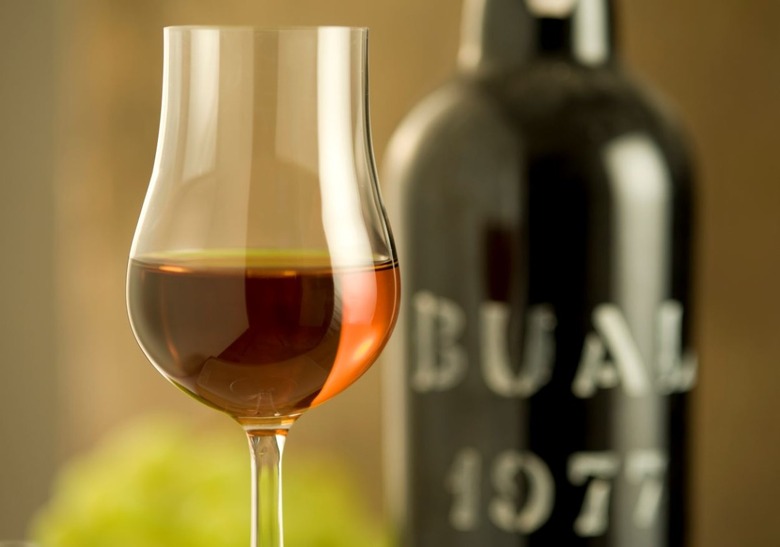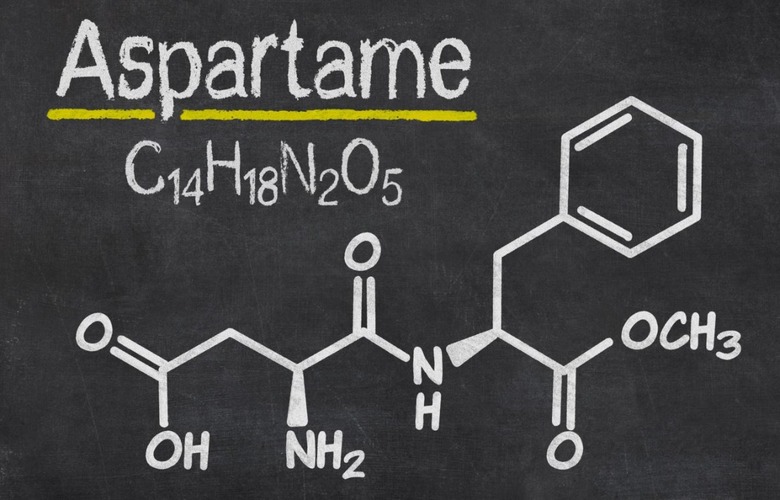20 Foods And Drinks That Were Invented By Mistake Gallery
You might not have realized it, but some of the most popular foods and drinks around were invented completely by accident.
Ask anyone who invents stuff for a living, and they'll tell you that it's an incredibly difficult and messy process. It's rare that someone gets an idea for something, builds it perfectly on the first shot, and brings it to market exactly as he or she envisioned it. There's tons of trial and error involved, and occasionally one of those trials or errors results in a product that's completely different from the intended outcome, and also far superior.
Some of these foods and drinks were the result of serious ingenuity, with years of fine-tuning and perfecting after the initial light bulb moment; others were the result of, well, accidentally dropping something into a deep-fryer. As with many origin stories, sometimes the complete truth has been lost to the ages, and the myth takes over, so it's impossible to verify whether or not all of these stories are completely true (we make sure to mention when this is the case), but as legend may have it, all of the following foods and drinks were invented completely by accident.
Cheese Curls
Cheese curls, many breakfast cereals, some types of pasta, and lots of other foods wouldn't be able to exist without a device called an extruder, which pushes a slurry of grain mash or dough through a funnel and into the desired shape. The extruder that gave us cheese curls actually got its start as a device that was intended to crush grain for animal feed. When a Flakall Company employee named Edward Wilson noticed that wet corn kernels (which were run through the machine to keep it from clogging) were coming out ground into a tube-like shape, he took some home, fried them, and discovered that they tasted really good. After some tinkering, cheese curls were born.
Dippin' Dots
In 1988, a microbiologist named Curt Jones was working on a way to more efficiently feed cows using liquid nitrogen; one method involved flash-freezing liquid cow feed to -320 degrees Fahrenheit, which froze little drops of the liquid instantaneously. It dawned on Jones that the cow feed could easily be replaced by ice cream base, and the rest is history.
Popsicles
In 1905, 11-year-old Frank Epperson accidentally left a glass of soda, along with its mixing stick, out on his porch during a cold night, and in the morning it had transformed into a block of flavored ice with a convenient handle sticking out of it. 18 years later, Epperson patented his invention, which he dubbed the Epsicle; the name was changed to Popsicle a couple years after that.
Potato Chips
In 1853, as legend has it, a customer at a hotel called Moon's Lake House in the resort town of Saratoga Springs, New York, complained that his fried potatoes weren't crispy enough and sent them back to the kitchen. The frustrated chef, George Crum, decided to slice the potatoes as thin as humanly possible and fry them, and the result was a massive success. For decades after their invention, potato chips were actually called Saratoga chips!
Beer
Beer has been around for about 10,000 years, and most historians agree that it was most likely invented by accident, when grain was left in a damp room, commingled with some wild yeast, and fermented. Ancient ingenuity at work!
Champagne
The winemakers who first created Champagne were just trying to make plain old white wine; the carbon dioxide bubbles were an unintended side effect of an unwanted secondary fermentation caused by (among other factors) the region's colder climate. These bubbles would cause the fragile glass bottles to explode, ruining vast quantities of wine. But once sturdier glass bottles were developed, it was discovered that the resulting golden, fizzy liquid was in fact delicious, and Champagne was born.
Ice Cream Cones
The ice cream cone was invented at the 1904 St. Louis World's Fair, the result of a chance encounter of two food vendors: One who was selling ice cream in cups, another who was selling Middle Eastern pastries, one of which was thin and crispy, similar to a waffle. When the ice cream vendor ran out of cups in which to serve his ice cream, the pastry vendor rolled up the waffle into a conical shape to help him out, and the ice cream cone was born.
Slurpees
7-Eleven's famous Slurpee can trace its roots back to 1958, when a Dairy Queen franchisee named Omar Knedlik accidentally left some sodas in the freezer for too long (his store didn't have a soda fountain, so he had to put them in the freezer to keep them cold). These partially-frozen sodas became such a hit that the enterprising Knedlik invented a machine to partially freeze the sodas and dispense them (with a little help from a car's air conditioning unit), which he called the Icee dispenser. In 1965, knowing a good investment when they saw one, 7-Eleven's brass bought an Icee dispenser for each of their locations, and dubbed the semi-frozen treat the Slurpee.
Chimichangas
The chimichanga, essentially a deep-fried burrito, was also reportedly invented by accident. Legend has it that it was invented by Monica Flin at her (now-legendary) Tuscon restaurant, El Charro Café. According to the restaurant, "While frying her now famous El Charro ground beef tacos, she accidentally dropped a [burrito] into the frying pan and when the oil splashed up she was about to lash out a common Spanish cuss word starting with 'Ch' but because she was amongst her young nieces and nephews, changed it to 'Chimichanga,' the equivalent of 'thingamajig.'" Thankfully, she had the foresight to take a bite.
Nashville Hot Chicken
Yes, the hottest trend in fried chicken happened completely by mistake. It was introduced at the legendary Prince's Hot Chicken Shack in the 1930s, after (as legend has it) one of owner Thornton Prince's girlfriends suspected that he was cheating on her, so she fed him fried chicken that she'd doused with spicy oil as punishment. Turns out that he enjoyed it so much that he added it to his menu!
Chocolate Chip Cookies
The owner of a popular Massachusetts restaurant called the Toll House Inn, a woman named Ruth Wakefield, is credited with inventing the cookie in the 1930s. There are a few different versions of the famed cookie's origin story. One states that Wakefield substituted Nestlé semi-sweet chocolate in cookies after running out of baker's chocolate, thinking that they'd melt; another says that the vibrations from a large mixer dislodged Nestlé's chocolate from the shelf above it, dumping the chocolate into the batter in a stroke of good luck. Both of these stories might be apocryphal anyway; Wakefield was a skilled baker and most likely knew exactly what she was doing. Either way, chocolate chip cookies have gone down as being a happy accident.
Corn Flakes
There was a movement among Seventh-day Adventists in the late 1800s to stick to a diet of bland vegetarian foods (long story), and at Michigan's Battle Creek Sanitarium superintendent John Harvey Kellogg decided to develop some new bland foods for his guests. So he tasked his younger brother Will Keith Kellogg with coming up with some recipes. Will accidentally left a batch of cooked corn and wheat sitting out one day, and when he returned he discovered that it had gone stale. After some experimentation, Corn Flakes were born.
Crepes Suzette
Legend holds that this flambéed crepe dish was invented in 1895 by a 14-year-old assistant waiter named Henri Charpentier at a restaurant in Monte Carlo. While sautéing crepes in butter and liqueurs for the Prince of Wales (the future King Edward II), the whole concoction caught fire. Charpentier thought the dish was ruined, but after waiting for the flames to die down he took a taste and knew that he had actually created something special. The dish was named after a lady at the prince's table.
Fortified Wine
In order to transport wine by sea, some vintners experimented with reducing their wine down and adding extra alcohol to preserve it, storing it in wooden casks during shipment, then reconstituting it upon arrival. The technique didn't quite work, but by not adding the water back and tinkering with the recipe, fortified wine was born.
Tarte Tatin
The tarte Tatin, which is essentially a deeply caramelized apple pie with the crust on the bottom, got its name from two sisters, Stephanie and Caroline Tatin, who ran a hotel about 100 miles outside of Paris called Hotel Tatin in the late 1800s. As the story goes, it was created by Stephanie, who one day overcooked the apples, nearly burning them, while making the filling for a traditional apple pie. She then put the pie crust on top of the apples in order to prevent them from burning more in the oven, and served it upside-down so the crust was on the bottom. Her guests loved it, and it became the hotel's signature dessert.
Worcestershire Sauce
Worcestershire sauce was invented by two chemists from Worcester (pronounced wuss-ter), England named John Wheeley Lea and William Henry Perrins, whose last names you might be familiar with. Nobody is quite sure how they got their hands on the recipe, but upon first concocting it, they found it unpalatable, so they stashed the barrels in a corner of their pharmacy's basement and completely forgot about them. But when they rediscovered them a couple years later while attempting to clear out some space, the mixture had fermented and completely transformed in flavor. Thus, Lea & Perrins' Worcestershire sauce was first sold the public in 1838.
Toasted Ravioli
One of St. Louis' signature dishes, toasted (deep fried) ravioli has a bit of a murky origin story, as two restaurants claim to have invented them in the 1940s. They both have their own tale, but both of them claim that it was an accident. The owner of Oldani's claimed that a tipsy cook accidentally dropped some ravioli in the fryer and attempted to salvage them with some grated Parmesan; and Angelo's owner claimed that a waiter told a new and untrained cook to "drop some ravioli," he did it into hot oil instead of boiling water. Regardless of who invented them, deep-fried ravioli are insanely delicious.
Tofu
Tofu was invented by the ancient Chinese, and there are a couple of origin stories: One legend tells of a cook who dropped a coagulant named nigari into a pot of soy milk; another claims that boiled soybeans were mixed with salt that contained calcium and magnesium, which caused it to congeal.
Yogurt
Yogurt is made by adding bacteria and enzymes to milk, and it was most likely invented accidentally by Central Asian goat herdsmen in the sixth century BC. They'd store goat's milk in animal stomachs, which would provide both the bacteria and enzymes needed to turn the milk into a thick, tart concoction that stayed fresh longer than fresh milk, and would eventually reach its logical apotheosis: frozen yogurt.
More From The Daily Meal:
Who Invented M&M's and Other Halloween Candy Origin Stories
10 Foods (and Drinks) You Didn't Know Were Invented in Texas
The Fascinating Origins of the 25 Biggest Chain Restaurants
The Best Discontinued Snack Foods From the Decade You Were Born
Aspartame
You probably know it as NutraSweet, but aspartame is one of the world's most popular (and controversial) artificial sweeteners; it's what's found in Diet Coke and many other diet drinks, for example. It was also discovered completely accidentally. In 1965, a chemist named James Schlatter was working on an anti-ulcer medication when he licked his finger to turn a page. The substance on his hands was incredibly sweet, and after some additional refining the super-poplar artificial sweetener was born.



